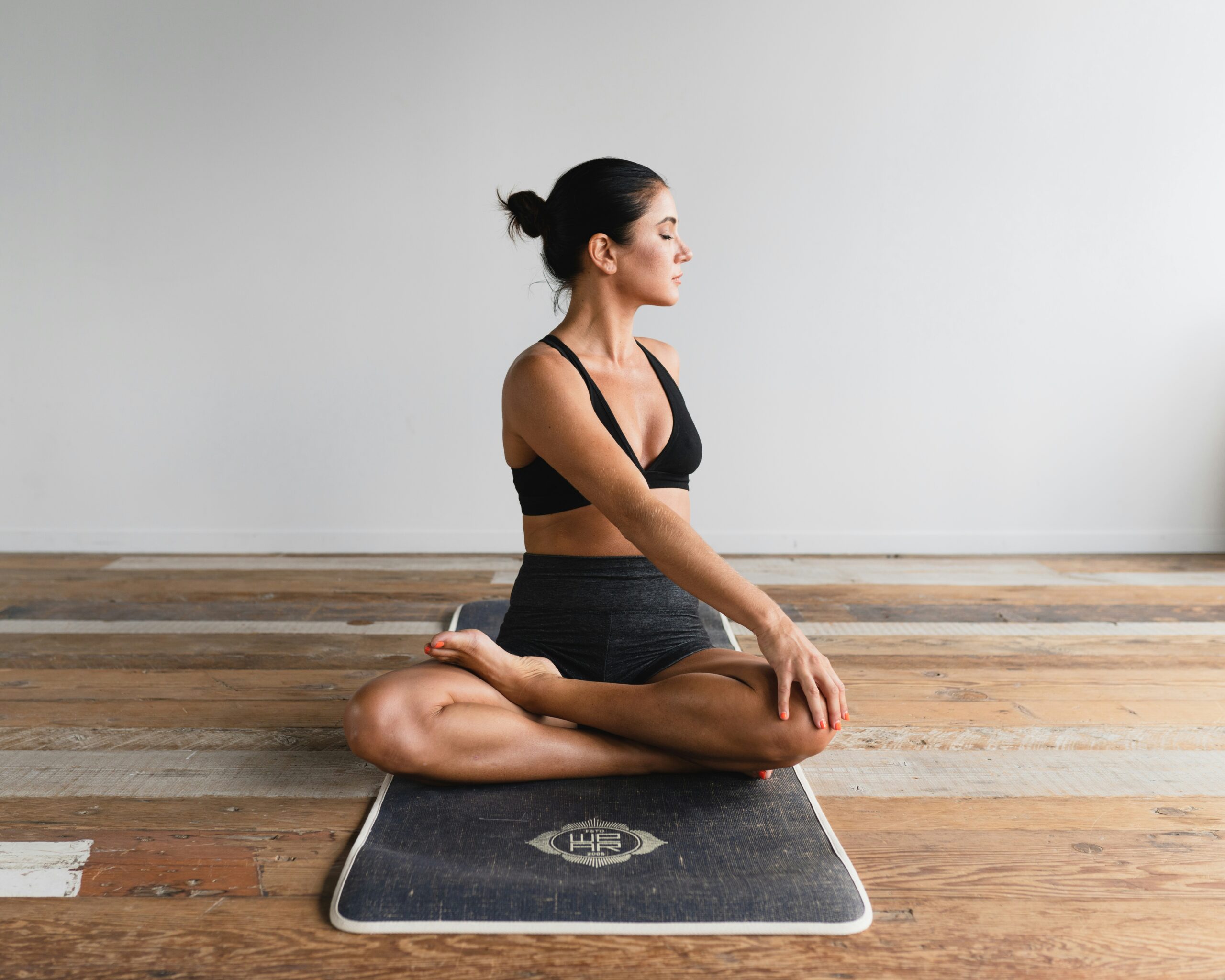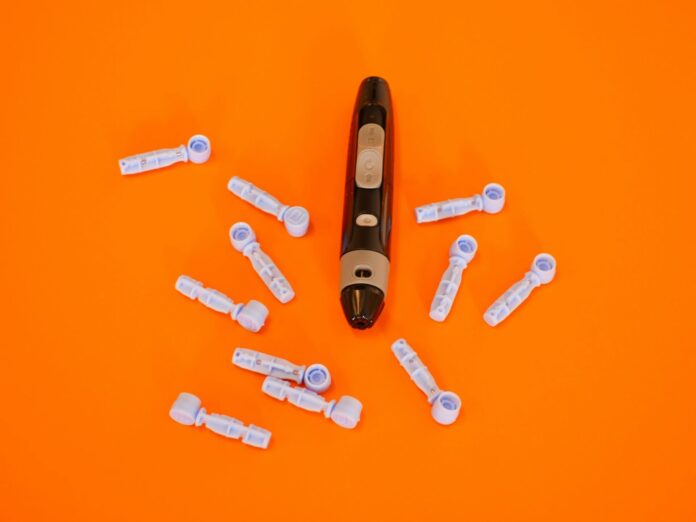Introduction
Maintaining stable glucose levels is crucial for overall health, especially for individuals with diabetes or insulin resistance. Regular physical activity and sports are not just about fitness — they play a vital role in stabilizing glucose levels naturally. Exercise improves how your body uses insulin, helps regulate blood sugar, and can prevent long-term complications associated with high glucose.
In this article, we’ll explore the science behind sports and glucose regulation, the best types of physical activity, and practical tips to manage blood sugar effectively through exercise.
1. How Exercise Affects Blood Sugar
When you engage in sports or any physical activity, your muscles use glucose for energy. This process helps lower blood sugar levels immediately and improves insulin sensitivity over time. Key mechanisms include:
-
Increased glucose uptake by muscles: Exercise triggers muscles to absorb glucose without relying solely on insulin.
-
Improved insulin sensitivity: Regular activity reduces insulin resistance, allowing your body to manage blood sugar more efficiently.
-
Enhanced metabolism: Physical activity boosts overall calorie and carbohydrate metabolism, preventing spikes in glucose levels.
2. Best Types of Sports to Stabilize Glucose Levels

A. Aerobic Exercise
-
Activities like running, cycling, swimming, and brisk walking
-
Benefits: Reduces fasting blood sugar, improves cardiovascular health, burns calories
B. Strength Training
-
Weight lifting, resistance bands, bodyweight exercises
-
Benefits: Increases muscle mass → more glucose storage, improves insulin sensitivity
C. High-Intensity Interval Training (HIIT)
-
Alternating short bursts of intense activity with rest
-
Benefits: Rapid glucose utilization, enhances insulin sensitivity in less time
D. Flexibility & Mind-Body Activities
-
Yoga, Pilates, tai chi
-
Benefits: Reduces stress hormones (cortisol) that can spike blood sugar, improves circulation
3. Practical Tips to Use Sports for Glucose Control
-
Consistency matters: Aim for at least 150 minutes of moderate-intensity exercise per week.
-
Monitor blood sugar: Check levels before and after exercise to understand your body’s response.
-
Combine cardio + strength training: Maximizes glucose stabilization and muscle mass.
-
Timing matters: Exercise after meals can help reduce post-meal blood sugar spikes.
-
Stay hydrated: Proper hydration supports glucose metabolism and prevents fatigue.
4. Other Benefits of Sports for Blood Sugar Management
-
Weight management: Maintaining a healthy weight reduces insulin resistance.
-
Heart health: Exercise lowers blood pressure and cholesterol, reducing diabetes-related complications.
-
Mental well-being: Sports release endorphins, reducing stress and emotional eating, which can affect glucose levels.
-
Long-term disease prevention: Regular activity reduces risk of type 2 diabetes, metabolic syndrome, and obesity.
5. Safety Tips for Exercising with High or Low Glucose
-
Carry a fast-acting carbohydrate (e.g., glucose tablets) in case of hypoglycemia.
-
Start slowly if you’re new to exercise.
-
Avoid high-intensity workouts if blood sugar is extremely high (>250 mg/dL) until cleared by a doctor.
-
Wear proper footwear and protective gear to prevent injuries.
Conclusion
Regular sports and physical activity are powerful tools to stabilize glucose levels, improve insulin sensitivity, and promote overall metabolic health. Combining aerobic exercise, strength training, and mind-body practices creates a balanced approach that benefits both your blood sugar and overall well-being.
Remember: consistency, proper monitoring, and a balanced diet are key to achieving the best results. By making sports a regular part of your routine, you can naturally support healthy glucose levels and reduce the risk of complications associated with diabetes and insulin resistance.
























